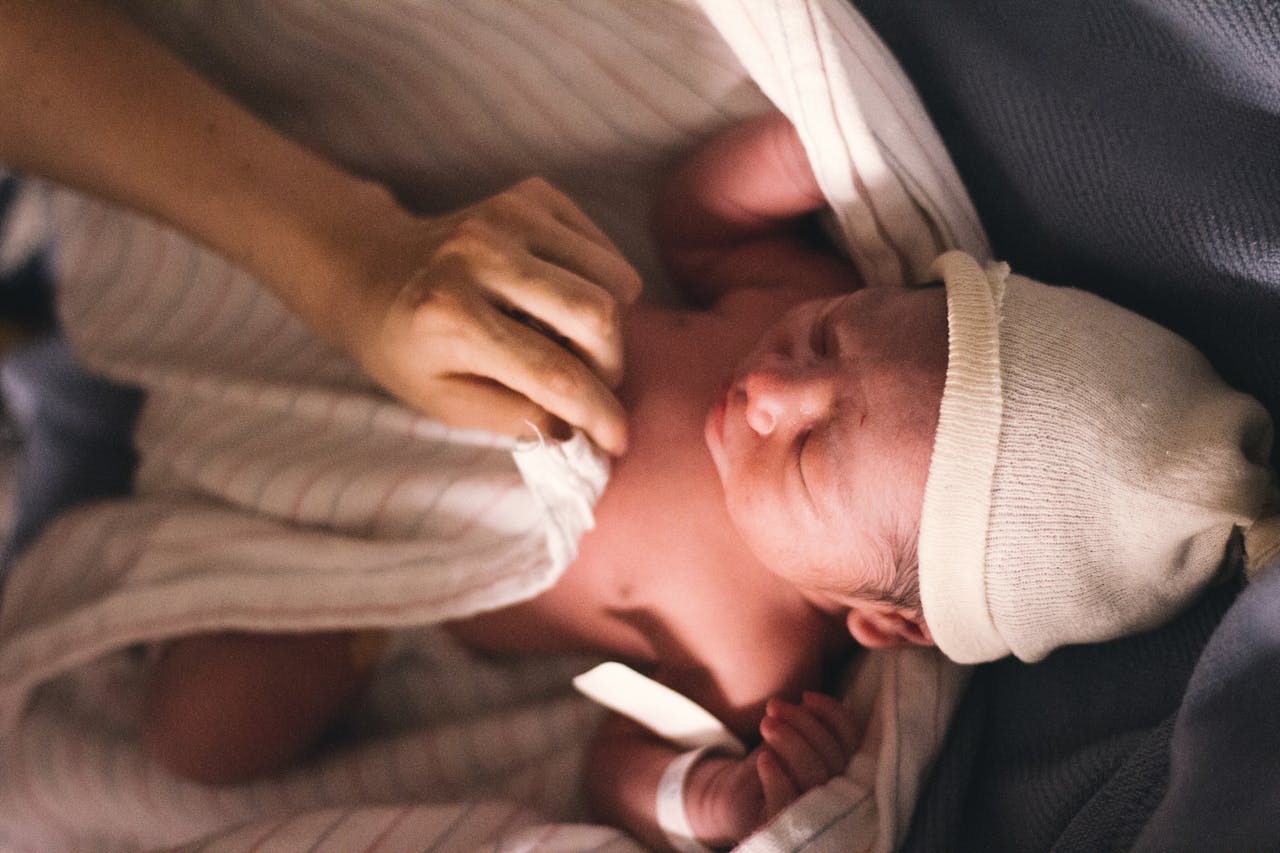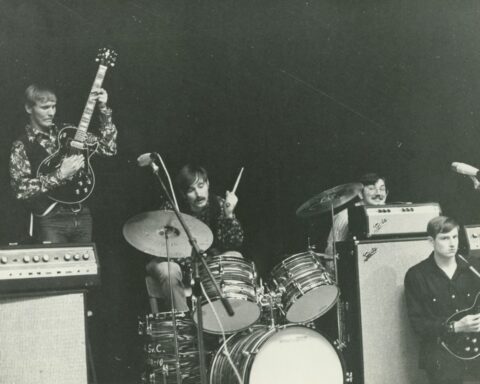Table of Contents
From the first cuddles, first naps on your chest, having a newborn are full of firsts, even the first time trying a baby carrier. Carrying your baby close isn’t all about the convenience but the connection and the bond created within. If you’re new to babywearing, you’re probably wondering: how to carry newborn in carrier safely?
The good news is, by using the right carrier, positioning properly, and doing a few safety checks, you can begin babywearing on day one. Our guide will walk you through everything new parents must know, it ranges from selecting the best infant carrier for newborns to the top common mistakes to avoid.
Choosing a newborn-friendly carrier (wraps, soft-structured, slings)
Different carriers are designed specifically for certain phases of a child’s life. But the best choice is the one that provides a solid support for the head, neck, and hips all while keeping your little one close and secured. Here are the main types of carriers that you could consider:
-
Wraps – these are gentle carriers that are soft and typically made from long strips of fabrics that you wrap around your body. They’re particularly best for newborns as they give that cozy womb feeling. The stretchy wraps are ideal for babies up to 15 pounds, while woven wraps offer more solid support as baby grows.
-
Ring Slings are also made from a long piece of fabric threaded through two rings, these slings allow quick adjustments and are ideal for short carries. Their flexibility lets you position your newborn upright on your chest while keeping them close enough for you to see them easily.
-
Soft-Structured Carriers (SSC) these types are more structured with padded straps and buckles. There are some models that comes with newborn inserts or adjustable panels that makes them safe to use even for smaller babies. If you plan to use a carrier for long-term, investing in a durable SSC with newborn options may give you the most value.
Keep in mind that the best infant carrier for newborns is the one the feel the most comfortable for both you and your baby while providing the ergonomic support they needed.
Using infant inserts or built-in newborn adjustments
Newborns have more complicated needs from older babies, especially when it comes to supporting their tiny bodies. Some carriers solve this by providing:
-
Infant inserts: having these cushioned inserts that lift and support your newborn inside a structured carrier.
-
Adjustable Panels or seats: Many modern SSCs have been cinching options that narrow the base to fit smaller babies.
-
Head and neck pillows: some carriers come with built-in padding to help with supporting your newborn’s delicate head.
If you’re choosing the perfect infant carrier for newborns, what you want to look for is the one with built-in newborn adjustments, not only it reduces bulk but keeps the setup simple.
The correct position: upright, inward-facing, and well-supported
The golden rule in carrying a newborn in a carrier is: upright and inward-facing.
-
Keep your baby upright: laying your baby flat in a carrier is a risky move for their airway safety. Upright positioning helps keep their head elevated.
-
Inward-facing position: Babies, as much as possible, should always face your chest during the early months. Forward-facing is not safe until they have a strong head and neck control which they usually develop until around 5 – 6 months old.
-
Make sure your baby is well-supported: your baby’s body should be held tight against yours, with minimized to no slumping or gaps.
Keep in mind the “chest to chest” position, where your newborn should rest high on your torso, close enough to kiss the top of their head.
Head, neck, and hip support: what you should watch out for
Since your newborn couldn’t hold their heads up yet, your chosen carrier should be able to do the job for them.
-
Holding their head and neck up: Make sure that the fabric comes high enough to support the back of their head without covering their face. Avoid floppy positions that let the head tilt forward.
-
Proper support on their hips: Your baby’s legs should rest in the “M” position with their knees bent and higher than their bottom, with thighs supported. This helps protect the healthy hip development and reduces the risk of hip dysplasia.
-
Supports the correct spine position: your baby’s back should be supported in its natural gentle curvature and not forced to lay flat or overly straight.
The best infant carrier for newborns will naturally encourage these safe positions through its design, versatility and adjustability.
Carrier checks: airway, posture, and tightness
The T.I.C.K.S rule can help you be reminded how you should keep your newborn safe while using a carrier.
-
Tight: Your chosen carrier should hold your baby against your body without sagging or feeling loose.
-
In your view all the time: Your baby’s face should be visible and not buried in fabric or against your chest.
-
Close enough to kiss: The placement of your baby should be high enough on your chest within the kissing range.
-
Keep your baby’s chin off their chest: Make sure there’s always space between your baby’s chin and chest to keep their airways clear from obstructions.
-
Supported back: baby’s back should be straight and supported but not slumped.
Before heading out, you could do a quick mental check using this method. It’s the simplest way to ensure you’re carrying your newborn in the safest way possible.
Common mistakes and how to avoid them
There are no perfect parents, each of us can run into mistakes here and there, especially if we’re trying something new, like learning how to carry your newborn in a carrier. Here are a few common mistakes that most new parents experience:
-
Baby hangs too low on the torso: you can position your baby high and tight but not too high and not too tight, just enough for you to be able to kiss them on the top of their heads.
-
Fabrics covering their faces: As much as possible try and keep your baby’s face where you could see them, this helps with their breathing and airflow.
-
Legs that are dangling straight down: Adjust your baby’s seat so their knees are supported to follow the “M” position in a very natural way.
-
Loose or saggy carrier fit: Tighten the straps of your carrier or the fabric until your baby is snug and not slumping.
-
Using non-newborn carriers too early: If you have a carrier that isn’t meant for newborns, always remember to use newborn inserts or try to have a carrier that is specifically designed for newborns.
By understanding and learning about these common mistakes, you’ll be able to avoid them making babywearing both safer and more comfortable.
Conclusion
Understanding the proper way how to carry newborn in carrier is one of the most rewarding skills for new parents. Not only it helps lighten up the load and gives you freedom to move through the day, but it also helps you create that beautiful bond between you and your child.
Overall, choosing a newborn-friendly carriers like wrap, sling, or an adjustable soft-structured carrier will help you in learning this now essential skill. Using inserts or newborn adjustments for proper fit and safety of your child. Keep your baby upright, inward-facing and well-supported prioritizing their head, neck and hip safety. Remember to run through the T.I.C.K.S checklist before each use to ensure your child’s safety and your comfort as well.
The best infant carrier for newborns is the one that keeps both you and your baby with the best comfort while ensuring their safety at every stage. With enough practice and care, you’ll soon feel more confident carrying your newborn everywhere you go, while keeping them safe, cuddled and close to your heart.








